(PLVN) - Rice is not only a traditional production industry, a source of income for tens of millions of households, but also contributes greatly to exports, ensuring national food security, meeting people's needs for "delicious and clean food". In the first days of the year, readers are invited to join the Vietnam Law Newspaper (PLVN) to visit the "Project of 1 million hectares of high-quality rice, reducing emissions" being implemented in the Mekong Delta (MD), a project that is assessed to be raising the level of rice grains and the position of Vietnamese farmers day by day.
The world's largest
Speaking with PLVN Newspaper, Minister of Agriculture and Rural Development Le Minh Hoan emphasized the project's goal of shifting from rice production thinking to rice economic thinking, associated with requirements on quality, emission reduction, green growth; contributing to positioning the image of the rice industry in the context of climate change, market fluctuations and green consumption trends in the world.
According to the plan, by this year, 2025, 13 provinces and cities in the Mekong Delta will plant 180,000 hectares of low-emission rice and pilot carbon credit for areas that meet the standards. By 2030, an additional 820,000 hectares of low-carbon rice will be expanded, with the rice industry's carbon credit sales target of VND2,500 billion/year...
According to estimates, the project will help increase the value of Vietnam's rice industry by about 21,000 billion VND/year compared to before, including: Reducing rice production costs (9,500 billion VND/year); increasing product selling prices (7,000 billion VND/year); selling carbon credits; utilizing waste and by-products (2,000 billion VND/year).
Minister Le Minh Hoan emphasized: "This is the world's largest-scale emission-reducing rice production program to date."
According to PLVN Newspaper, the project is currently being piloted in 5 provinces and cities: Can Tho, Dong Thap, Kien Giang, Tra Vinh, Soc Trang. Preliminary assessment shows that the models have brought positive results: Reducing costs of seeds, fertilizers, and pesticides by 20-30%; increasing productivity by 10%; increasing farmers' income by 20-25%; reducing an average of 5-6 tons of CO2 equivalent/ha. All rice output is registered for consumption by enterprises, with purchase prices higher by 200-300 VND/kg.
At Thang Loi Agricultural Service Cooperative (Lang Bien Commune, Thap Muoi District), the first cooperative in Dong Thap to participate in the pilot model, Mr. Nguyen Huu Nghia (member of the cooperative) said that at the end of the 2024 autumn-winter crop, the rice yield per hectare reached 6.13 tons, equivalent to the rice yield not included in the model; but costs were reduced, so profits were about 4.3 million VND higher. Each hectare of rice reduced 80kg of seeds, 50kg of fertilizer, and 5 sprayings of pesticides.
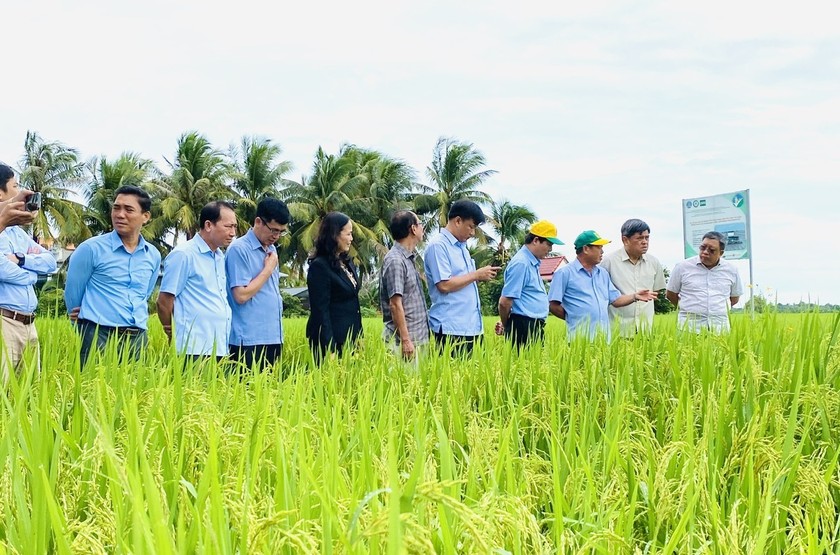 |
Leaders of the Ministry of Agriculture and Rural Development and the People's Committee of Dong Thap province visited a pilot model of the project. |
Director of Thang Loi Cooperative, Mr. Nguyen Van Hung, said that initially, it was difficult to convince farmers to participate. However, after witnessing the effectiveness, many households proactively contacted the Cooperative for guidance.
Vice Chairman of the Provincial People's Committee Nguyen Phuoc Thien assessed that the implementation of the model is a correct policy, aiming to meet the increasing market demands for food safety and environmental protection. "The project is a breakthrough in the agricultural sector, bringing many opportunities for farmers in particular and the locality in general, when Dong Thap is aiming to become a center for high-quality rice production," said Mr. Thien.
Good signs after 1 year of pilot
In Soc Trang, the project has also achieved many encouraging results. Vice Chairman of the Provincial People's Committee Vuong Quoc Nam said that in addition to the 50-hectare pilot model at Hung Loi Agricultural Cooperative (Long Duc Commune, Long Phu District) built by the Ministry of Agriculture and Rural Development, in the 2024-2025 winter-spring crop, the province will develop 7 more models. The eight pilot models in Soc Trang are currently spread across districts and towns, covering an area of about 340 hectares. "Expanding the models will help farmers have the opportunity to "hear and see", thereby expanding further," Mr. Nam believes.
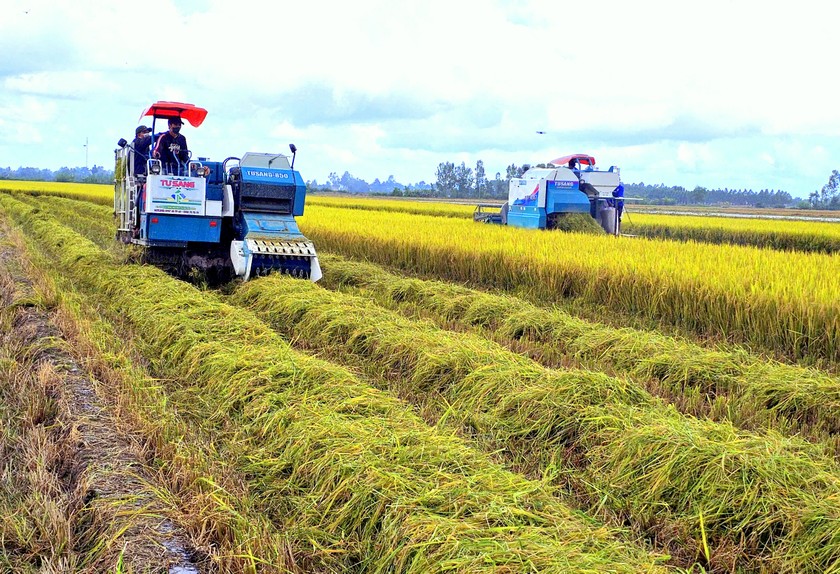 |
Harvesting rice at a pilot model. |
In Can Tho, Vice Chairman of the City People's Committee Nguyen Ngoc He informed that the pilot model was implemented on an area of 50 hectares at Tien Thuan Cooperative (Thanh An Commune, Vinh Thanh District), the 2024 summer-autumn crop has fully met the project criteria. In addition to saving costs on seeds, fertilizers, irrigation water; it also reduces disease risks, limits rice lodging, and reduces post-harvest losses. The results of the model are the foundation and basis for Can Tho to replicate the model.
Notably, in An Giang, Chairman of the Provincial People's Committee Ho Van Mung said that in 2024, the province has deployed an area of up to 21,000 hectares of production according to the project process. As a result, each hectare reduces 67 kg of seeds, yields are 0.1 tons higher, production costs are reduced by 4 - 5 million VND, while profits are 3.6 - 5.3 million VND higher.
Evaluating the project after 1 year of implementation in 5 provinces and cities, Deputy Director of the Department of Crop Production (Ministry of Agriculture and Rural Development) Le Thanh Tung commented that the drastic participation of local authorities, the active participation of farmers, and the cooperation of businesses, showed many positive and optimistic signals, and strong belief in the success of the project.
The quality of Vietnamese rice is not inferior to that of other countries in the world. However, in the past, the value of Vietnamese rice has not been improved, and the emission level is higher. Also in the past, rice production in Vietnam was not uniform, lacked support, and was spontaneous and fragmented. The 1 million hectare project was born to strengthen the connection, bringing Vietnamese rice to meet world standards; raising the value, brand of Vietnamese rice and farmers.
Vietnam is the first country in the world to implement large-scale emission reduction on rice, but the implementation process is assessed to have overcome all difficulties. At the conference to promote the implementation of the project in mid-October 2024, Prime Minister Pham Minh Chinh emphasized that the project is extremely meaningful to farmers, the rice industry, the task of responding to climate change, aiming at the goal of safety against natural disasters, and emission reduction. "In today's era, with the trend of "eating well, eating cleanly", competition is very strong, we must breathe new life into the agricultural sector, the rice sector in the Mekong Delta, the largest agricultural production area of the country", the Prime Minister affirmed.
Source: https://baophapluat.vn/lua-gao-viet-chinh-phuc-ky-luc-the-gioi-post538627.html


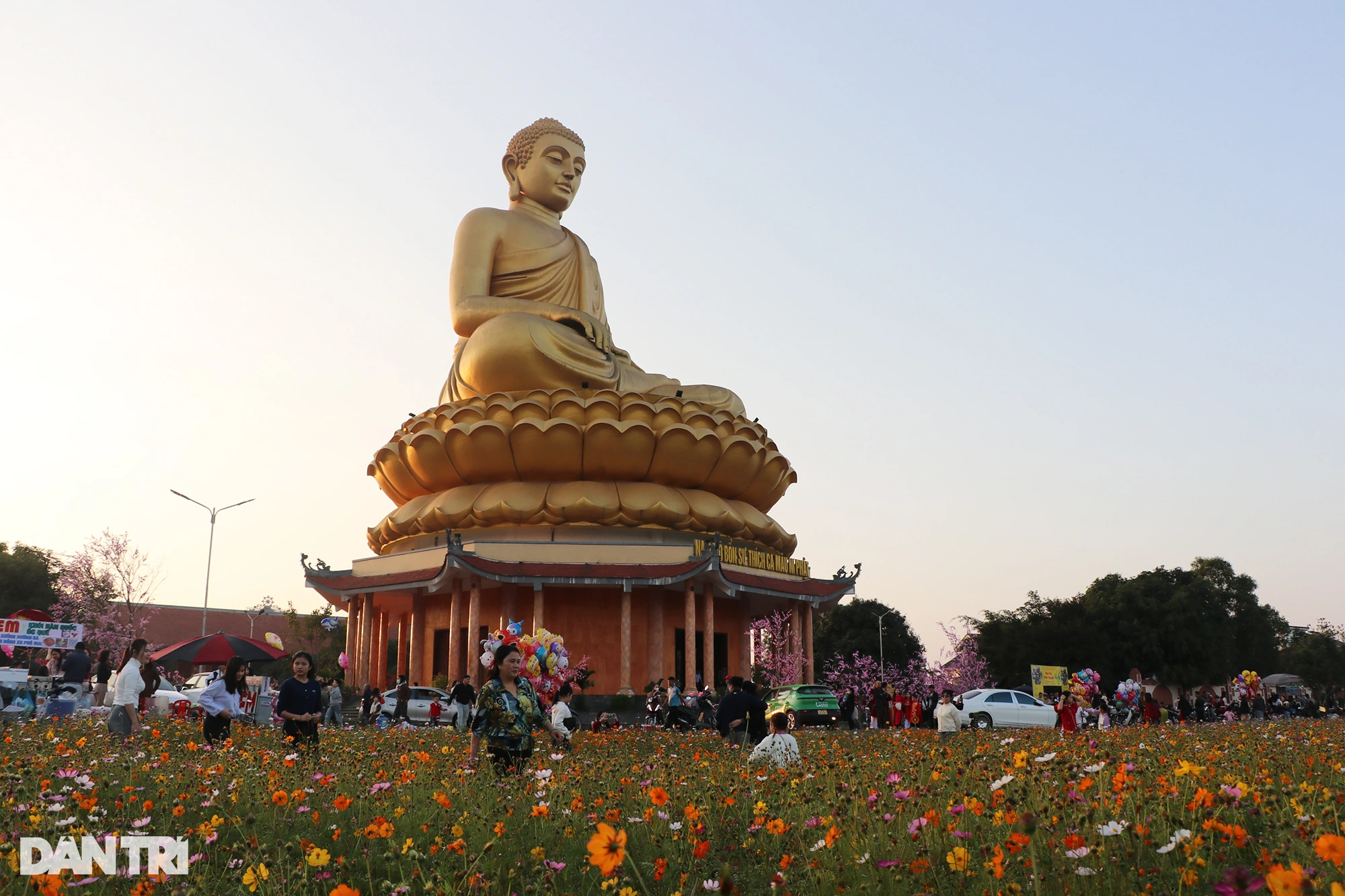





















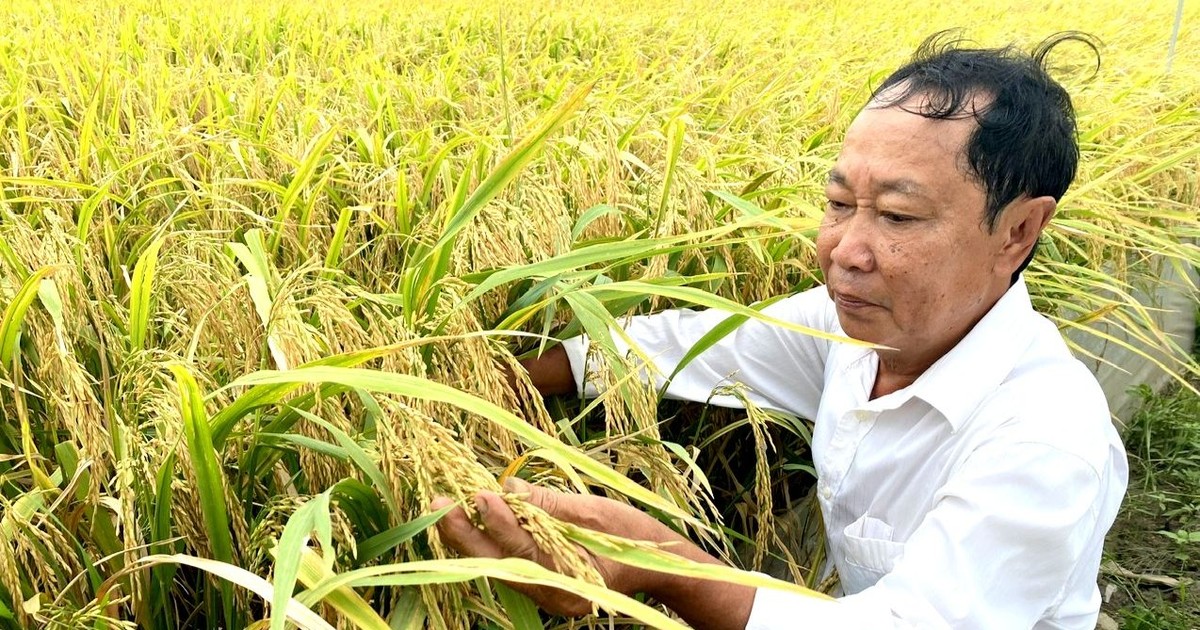
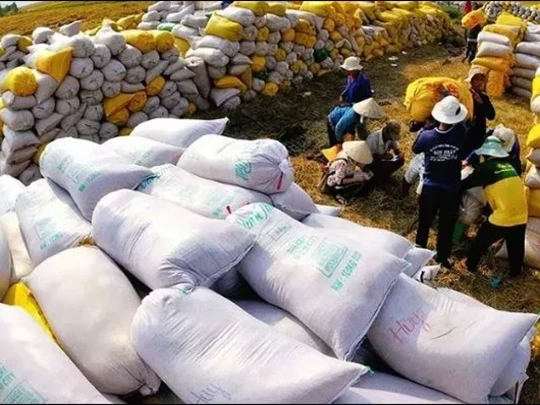

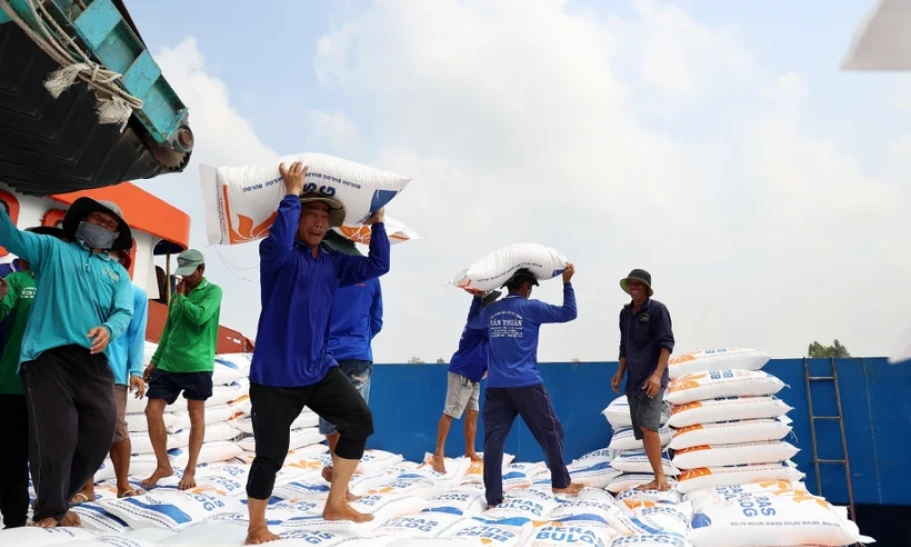
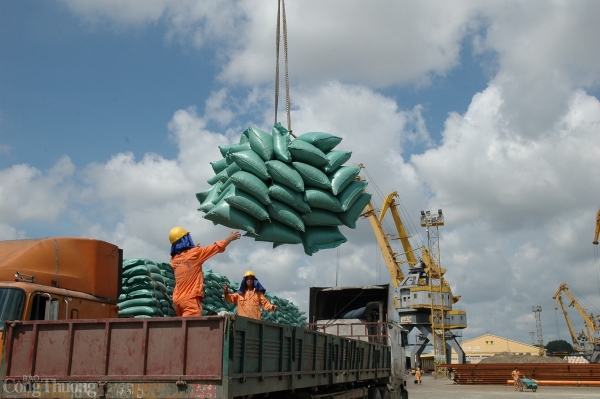

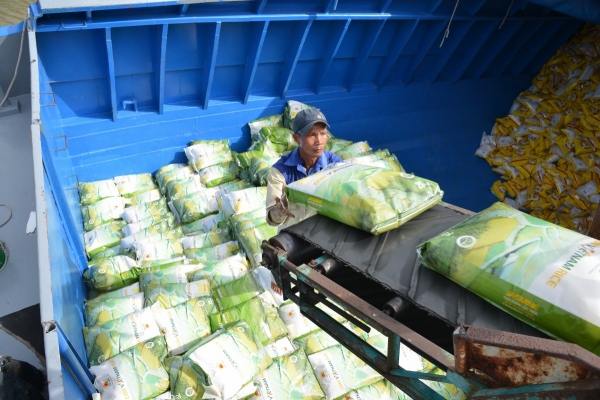








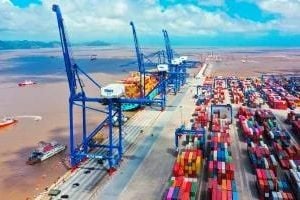
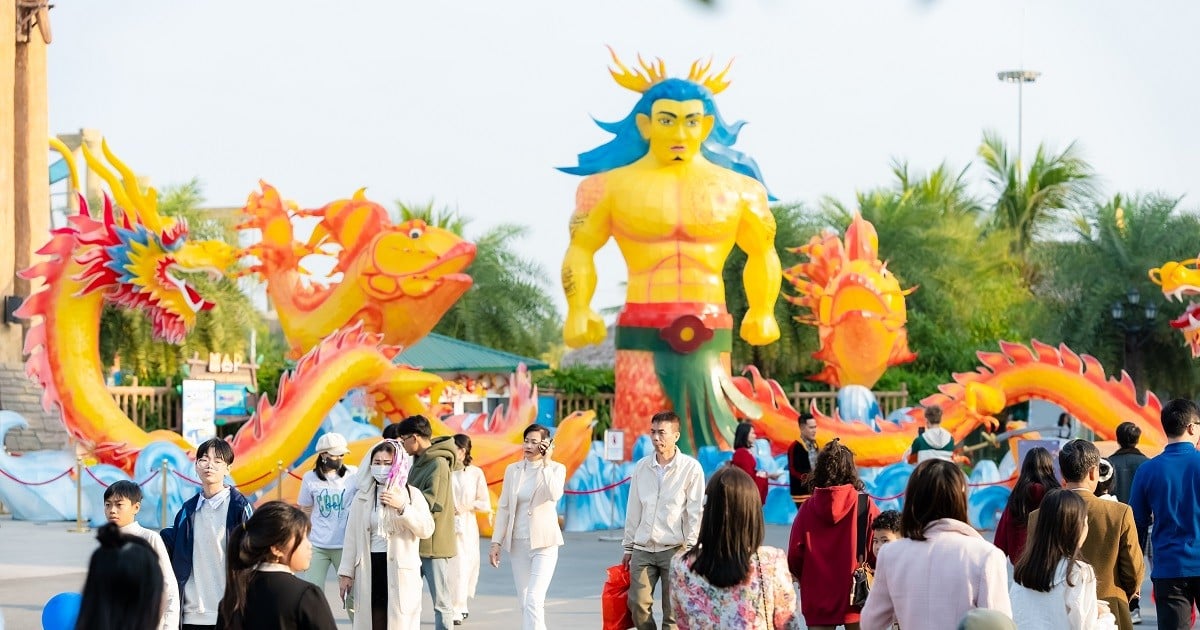
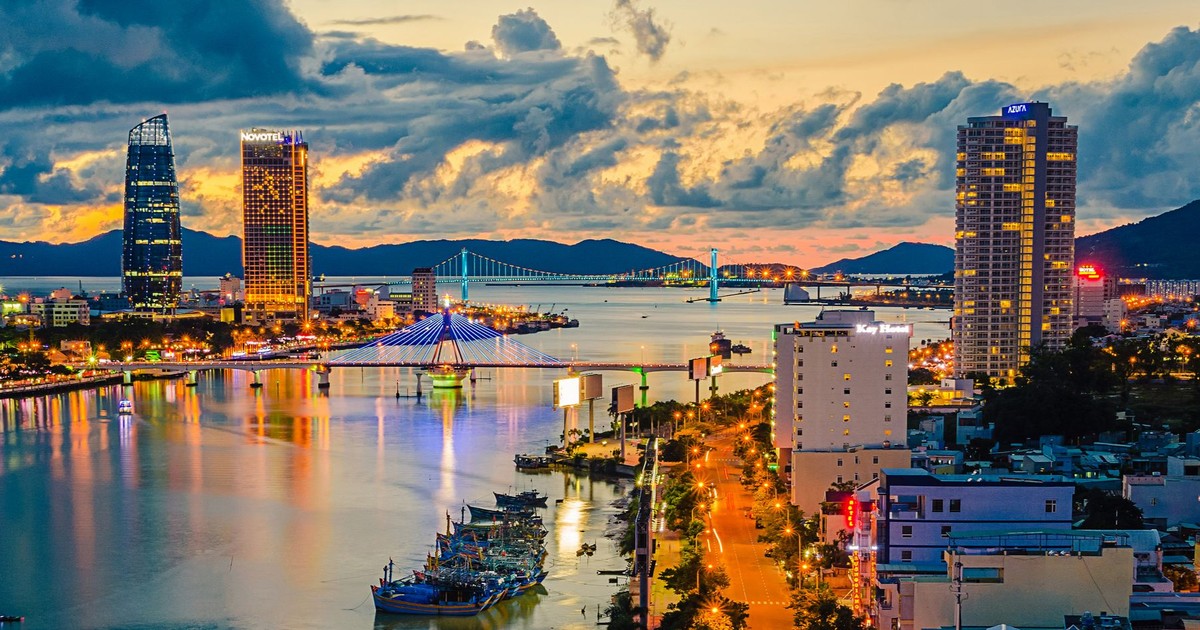
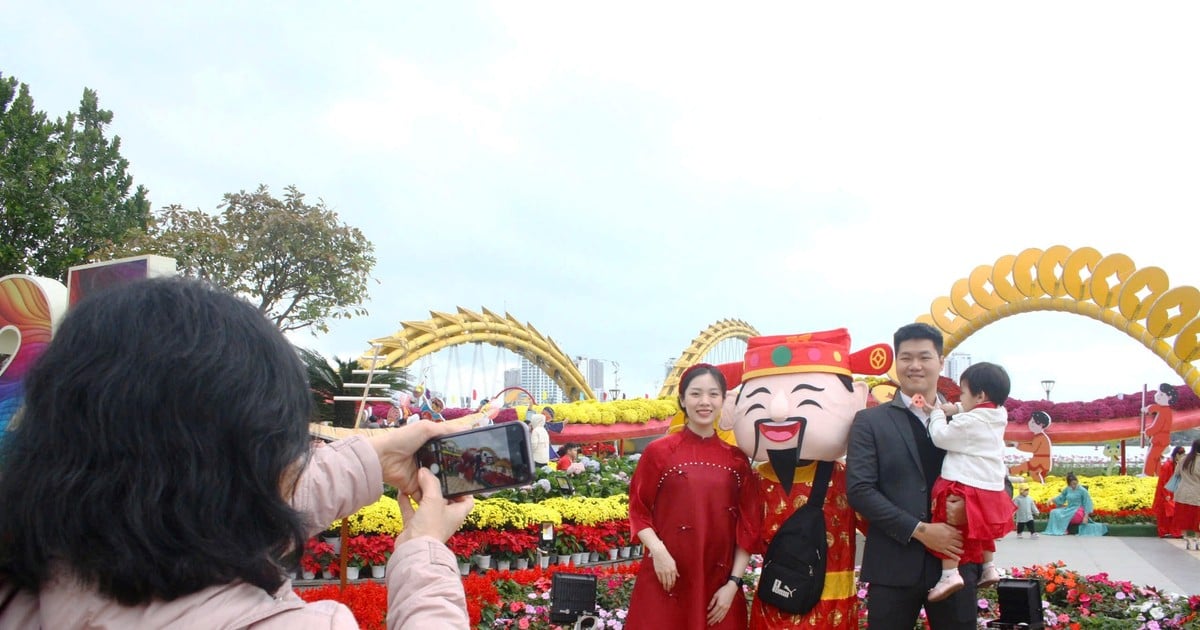
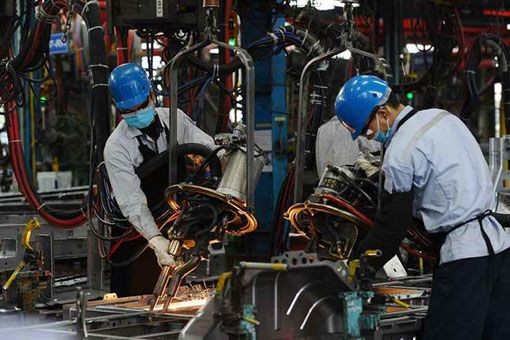
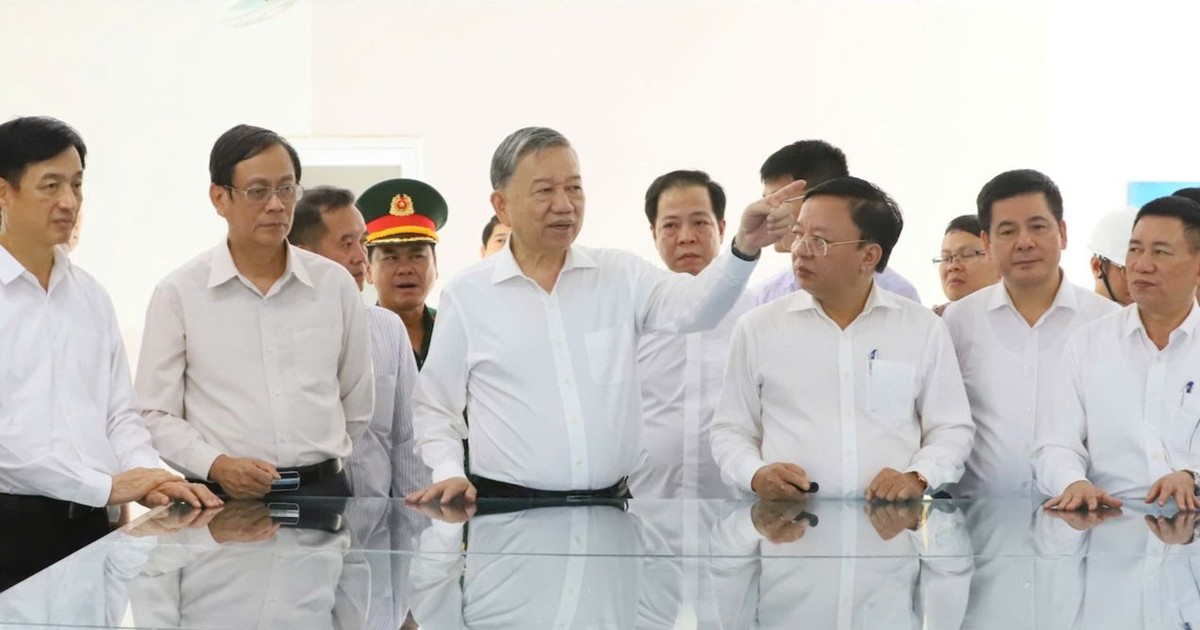














Comment (0)